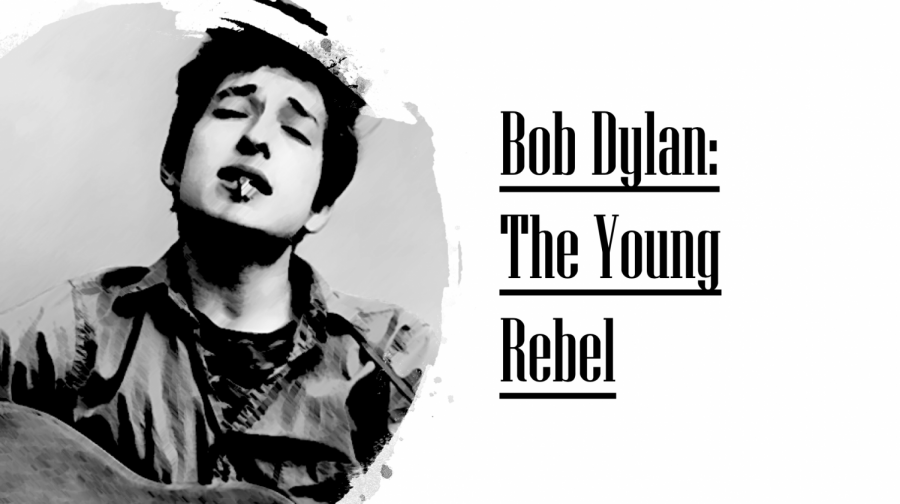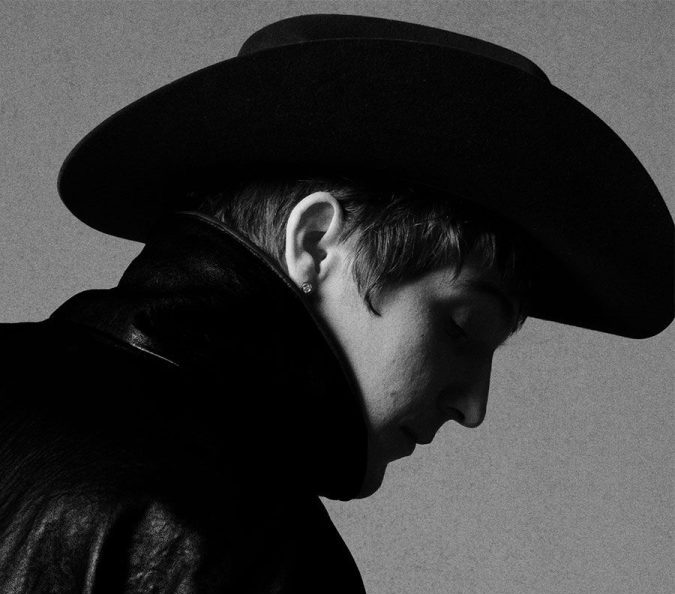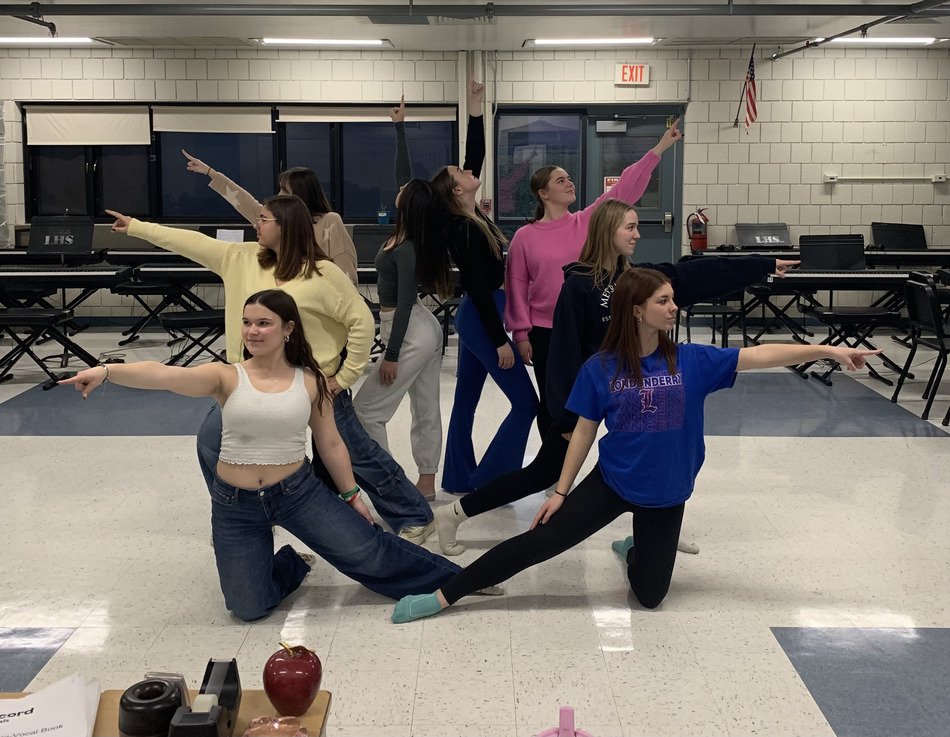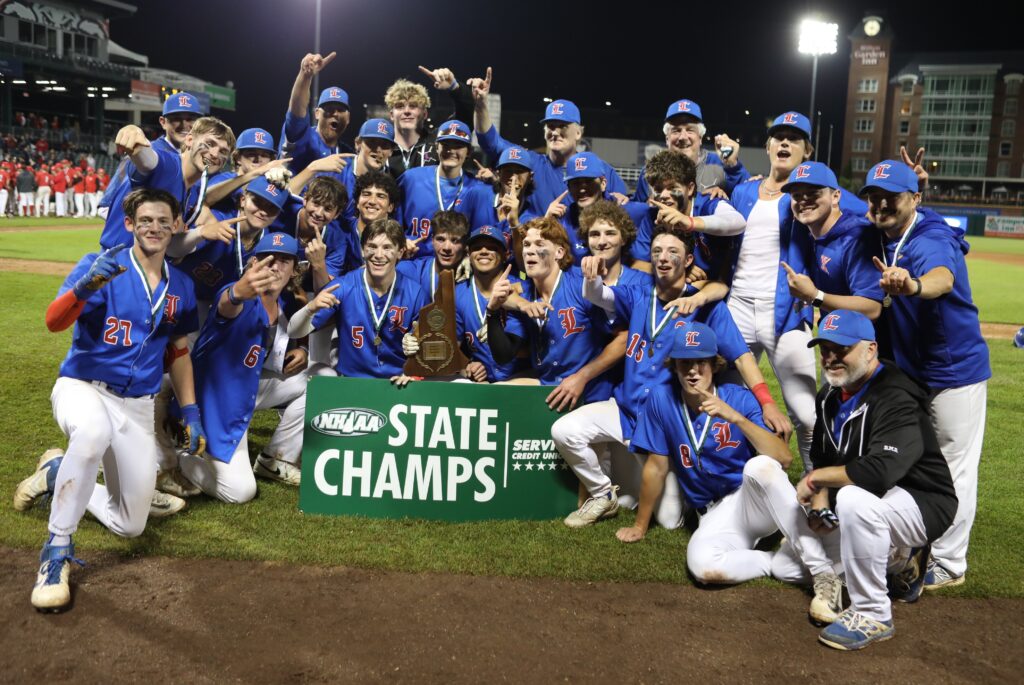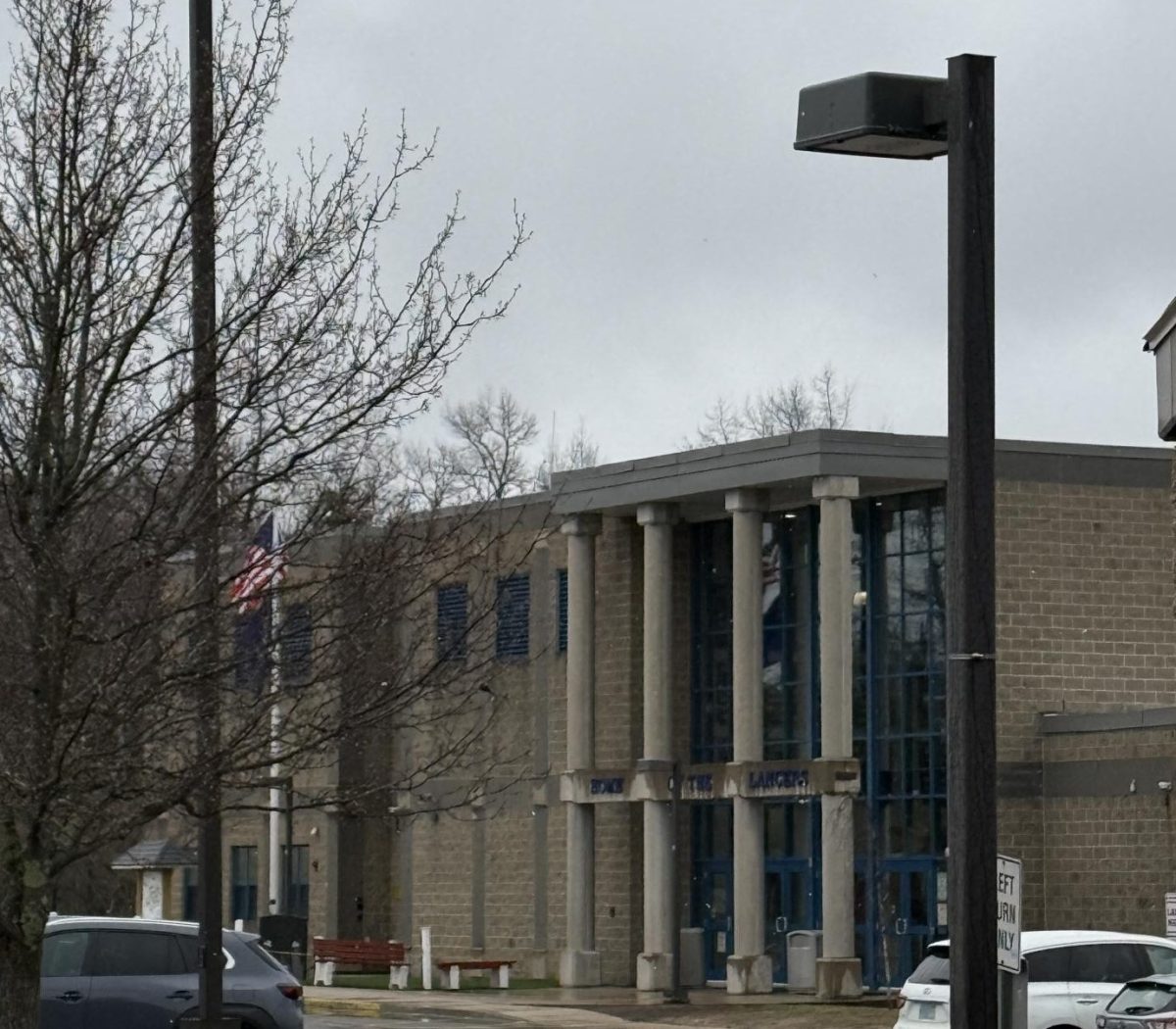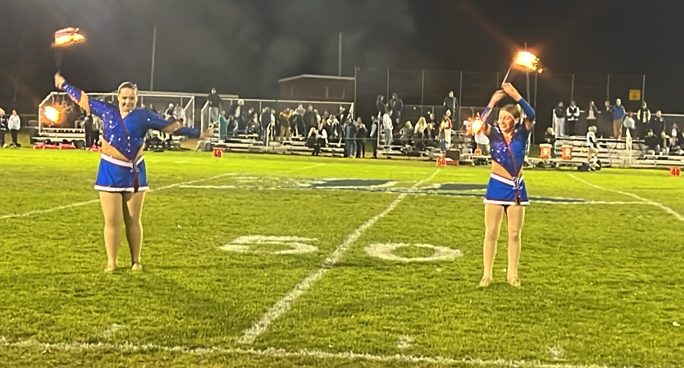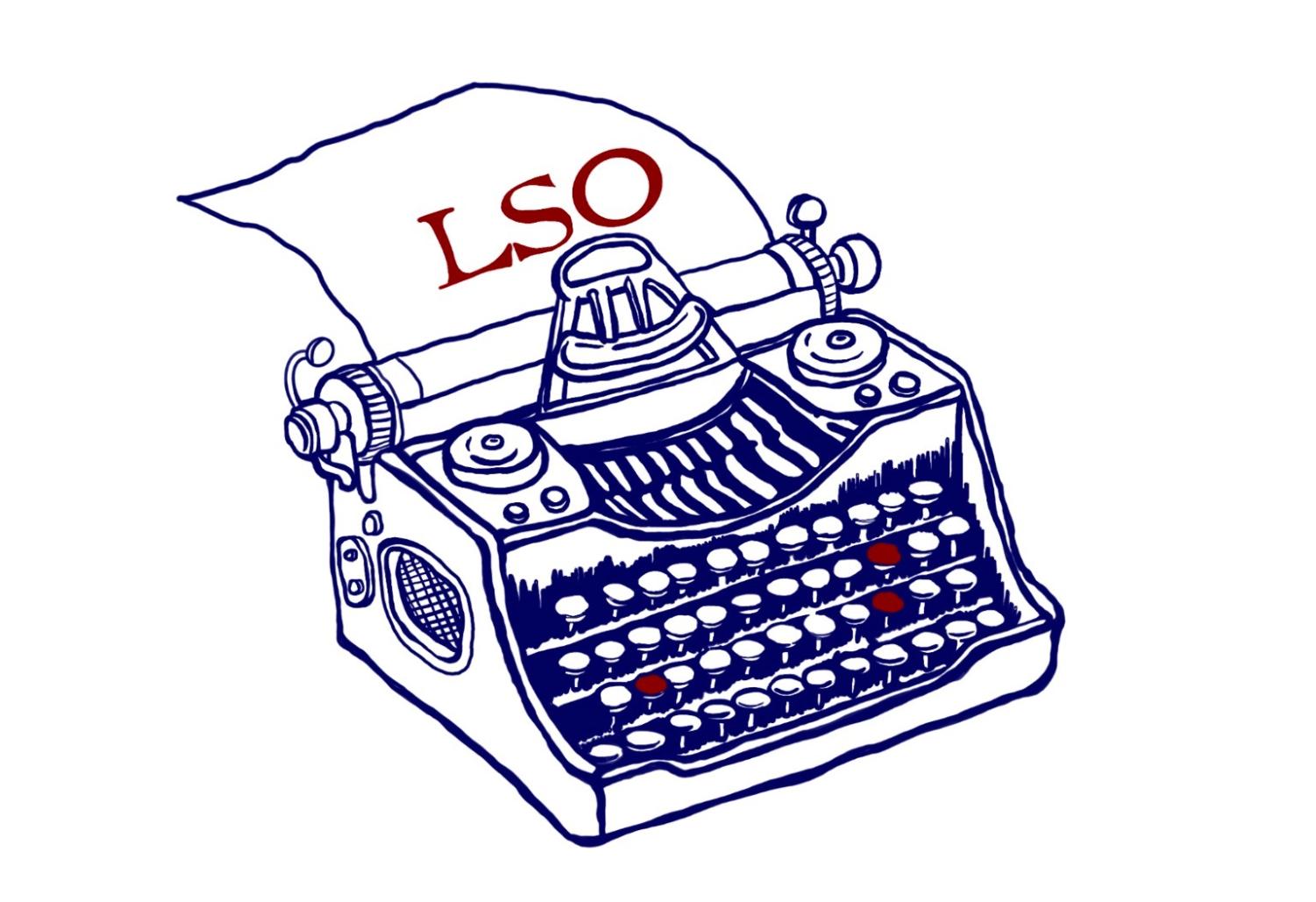The beauty in his music came in the fearlessness of his flaws.
The confidence in his vulnerability.
His courage to walk alone.
Bob Dylan.
Dylan had a renaissance with his 1965 track “Like a Rolling Stone.” Dylan reinvented himself from a whimsical folk singer into a rockstar. He kicked off his new image with an eternally constructed personal track about one of his ex-girlfriends.
Penning in lyrics that viscerally thrash his former girlfriend. His use of words like “throw money” instead of “give money” is a seemingly slight variant, but it vividly paints Dylan’s picture. This use of subtle changes in word choice are commonplace in Bob Dylan works, giving them a distinct edge and flair that many artists don’t have.
“Subterranean Homesick Blues” became a Bob Dylan satirical classic. Constructed as a quick and memorable pop song, Dylan uses a pretty abecedarian instrumentation, being predominantly composed of jazzy yet theatrical drums, base and acoustic guitars. The lasting effect of the song, however, heavily relies on the lyrics.
In a barrage of witty and rebellious commentary on consumerism, Dylan introduces the listener to the character Maggie (who would later show up on future Dylan tracks) and rattles off more mordant muses on delinquency and the Man. Ultimately Dylan constructed this song as a caustic, yet lyrically dexterous song to get his listeners thinking.
Dylan flexed his superstar status with his simple classic “Knockin’ On Heaven’s Door.” Dylan’s folky sound paired with the repetitious chorus make for an unforgettable song. Through the perspective of a dying sheriff, the track is a transcendent ballad of life when facing death.
The song’s soft chorus blankets the track with an acceptance of letting go. The acoustic backing brings an almost floating feeling when listening. The combination of both put an ethereal experience to sound in a truly extraordinary song.
“Mr. Tambourine Man” was the staple of Dylan’s Woody Guthrie style music era. It’s a song featuring a flowing melody and vocals un-doctored by grit or gravel, tied together with words that allure and blanket instead of dichotomizing.
The lyrics of the song are psychedelic and bookish. They speak of a world far from this one and chisel a kaleidoscopic image in the listener’s mind. They’re weaved beautifully in sunset-esque verses and melt into one another in a fluid medley.
“Positively 4thStreet” is positively one of Dylan’s best works. (Like that one?) The song is written about the plastic and fake people Dylan met during his time living in Greenwich Village on West 4thStreet and his time at University of Minnesota on 4thStreet in Minneapolis. With Dylan’s history of rebellion and biting satire it didn’t take listeners long to realize that given his ample material, this song would be one of his best.
Despite the high expectations given the context of its creation, Dylan didn’t disappoint. He managed to write one of the most gleefully spiteful songs ever. He broke from the old folk music scene in an act of defiance to build his iconography. Dylan put the music world on notice by not only rebelling against the expected enemies to his world view, but also those many thought would be his allies. With this track Dylan became the ultimate rebel.
Dylan birthed his anti-establishment hippie anthem in his song “The Times They Are A-Changin’.” His lyrics were inspired by the Civil Rights movements of the sixties. This inspiration gave the song legendary status after events that would later unfold in the decade, as it became the anthem for a progressive movement.
Dylan wanted to construct the song in a concise manner, and he managed to do so with ease. The lyrics shy away from his former style of rapturous satire and shift towards a more cogent and real approach. This shift mirrored the more serious public perception on progressive movements, allowing the song to become a harbinger for social change.
“Tangled Up in Blue” became another Bob Dylan storytelling, folk staple. Dylan constructed this song with a heavy reliance on the acoustic guitar progressions paired with his vocal melodies. The song totes a lighter high-hat heavy percussive section and doesn’t have much if any dynamic contour vocally.
He keeps the same general lyrical construct throughout the song but switches it up to a more staccato chorus. Dylan opts to go with an instrumental bridge rather than a lyrical one allowing for the chorus to resonate and marinate before more vocals tie in the next verses of the song.
Arguably Dylan’s most intimate track, “Don’t Think Twice, It’s All Right” is one of his most boldly constructed songs. Taking the artistic choice to strip the song down to vocals and acoustics (with the occasional harmonica), Dylan relied solely on his ability to make it great. The fact that it’s in this article proves that it worked.
Dylan hit on all cylinders in the three-and-a-half-minute track. Whether it be the gentle plucking of guitar, his iconic nasally vocals, or the wanderlust-inspiring lyrics, Dylan made every part of this song great. The guitar backing gives the song a bucolic warmth, the stripped-down production on the vocals make the song intimate, and the lyrics make it feel like the listener is being read to by a fireplace.
“Blowin’ In the Wind” is a journeyman’s tale of life put into a quick three-minute track. Dylan sings about time passing like a feather in the breeze. His writing is so raw yet poetic in a contrast that dances like an art that just can’t be matched.
Dylan again goes for a stripped-down acoustic and harmonica instrumentation for the song. And again, less is more for Dylan as the emphasis on the vocals and lyrics make for an all-time great song. Using the instrumentation as a compliment to Dylan’s ability allows for the storytelling of the song to be put center stage and on a macro level, allow for the strength of his tracks to be emphasized.
The iconography of Bob Dylan was etched in “Ballad of a Thin Man.” Forgoing his classic folk sound for a sick piano and bad boy aesthetic, Dylan solidifies his rebellious side and culminates it in the bad boy persona Mr. Jones.
Dylan not only changes the instrumentation to a jazzier sound, but also changes his vocals to a more dramatic, accentuated style. He sings about rebellion through the story of a made-up character, something that parallels the entirety of Dylan’s career, one of ubiquitous fictitious tales and lies to create a persona. Simply this track sums up Bob Dylan’s young rebel image in six minutes.
His music never learned to stay in one place.
It jumped from cloud to cloud and floated away in the wind.
Like a lost balloon.



